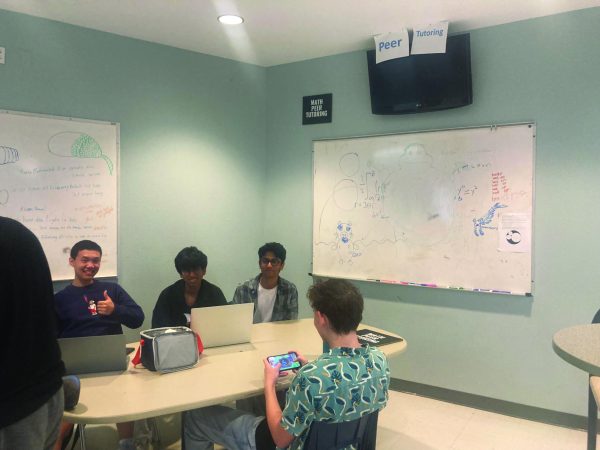AAPI Heritage Month

Photos courtesy of (left to right) KA Sports Photos, NBC, Brothers Le, and Lawrence Jackson. Graphic by Ben Josephs
May 15, 2023
May marks the start of Asian American and Pacific Islander Heritage Month, a time to honor and recognize the diverse culture, history, and traditions of the Asian American and Pacific Islander (AAPI) community in the United States. According to National Public Radio (NPR), the celebration of AAPI Month in May references two key historical dates: May 7, 1843, which marks the arrival of the first Japanese immigrants in the United States, and May 10, 1869, which recognizes the completion of the first transcontinental railroad in the U.S., which had significant contributions from Chinese workers.
LASA is a school with a 23.2% Asian population, according to U.S. News and World Report. As such, Japanese teacher Hiroko Fukuhara Karch believes that AAPI Heritage Month has a big impact on students, especially at LASA.
“For AAPI students in our school, this month is a positive representation of their history and culture,” Karch said. “It can also empower them to speak up and advocate for themselves and their community.”
According to junior and Chinese club secretary Ana Garfield, being of AAPI heritage isn’t required in order to understand the impact that this heritage month has on people. She believes it is important to celebrate different cultures in the U.S., a country known for its diversity.
“The United States is full of different cultures,” Garfield said. “It’s what makes the United States a unique country and an interesting country to live in. I think this month allows us to celebrate a group of people that for a long time in American history, are often ostracized.”
According to Garfield, AAPI month encourages students to be proud of their background and culture. There are many people with different cultures in the United States, and heritage months help shine a light on certain cultures and communities.
“Sometimes people can forget to be proud of their culture,” Garfield said, “so I think that a month like this just gives different people the opportunity to be proud about themselves.”
Karch, an immigrant who arrived in the United States eight years ago, has felt welcomed in the community. However, she believes that this month serves as a reminder of the cultural diversity that the United States has.
“I came to Austin eight years ago,” Karch said. “Although it was a painfully long process to get a green card, I always appreciate how I am accepted as a community member here. This month will be a time for me to especially recognize and appreciate the cultural diversity in this community.”
The AAPI community includes people with all sorts of backgrounds – those from different regions, first or second generation immigrants, and even multiracial people. According to junior Diya Patel, AAPI Heritage Month provides students with the opportunity to educate themselves on all the different Asian and Pacific Islander cultures.
“I think that AAPI Heritage month is a great opportunity for students to feel represented and heard in the United States,” Patel said. “It also teaches students more about different Asian and Pacific Islander cultures, which helps broaden their worldview.”
Similar to Patel, Garfield believes that AAPI Heritage Month also has a positive effect on those from non-AAPI backgrounds. According to Garfield, this heritage month helps remind people of their culture.
“If a student is part of the AAPI community, they might feel like they’re being celebrated by reminding them about all the great things about their culture,” Garfield said, “and students that aren’t getting to learn a lot more about other cultures because they’re often a lot of events surrounding AAPI months.”
Garfield has already started thinking of ideas for the Chinese club to honor this heritage month. Throughout the year, Chinese club has organized cultural events such as the Mid-Autumn Festival and Lunar New Year celebrations.
“The way I personally envision an event like this is something that has food involved because I think food is a good way to show different cultures since it’s often a very important part of the culture,” Garfield said. “It also gets people interested, and maybe students will learn something in the process.”
Overall, according to Karch, AAPI Heritage Month is a very important event that is significant to many people in the United States that come from different countries. Karch is looking forward to seeing how students at LASA will honor this month.
“Students always surprise me with their creative ideas,” Karch said. “So, I’m looking forward to seeing how they celebrate this month…it is a great opportunity to celebrate the diverse history and culture of the AAPI community.”










